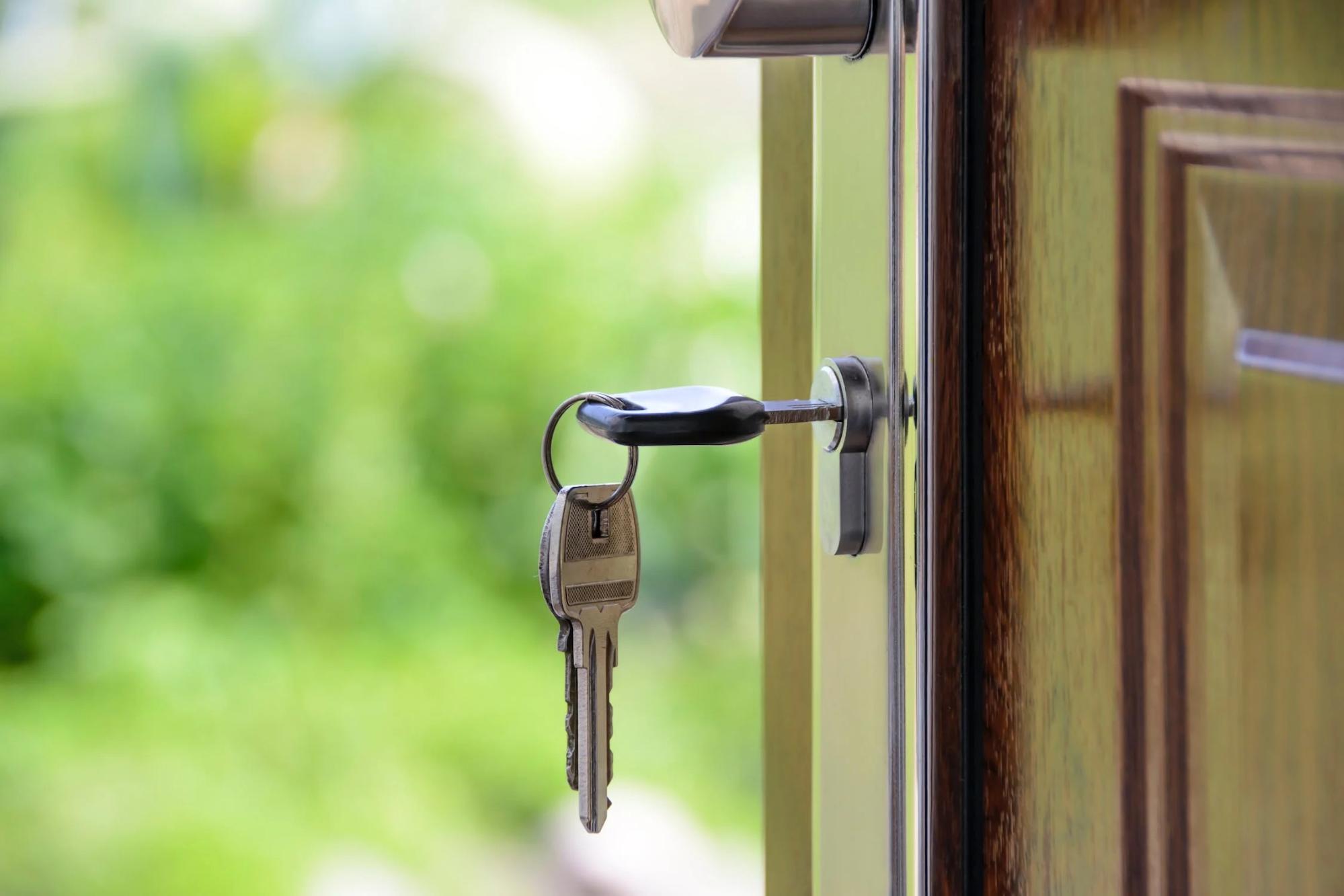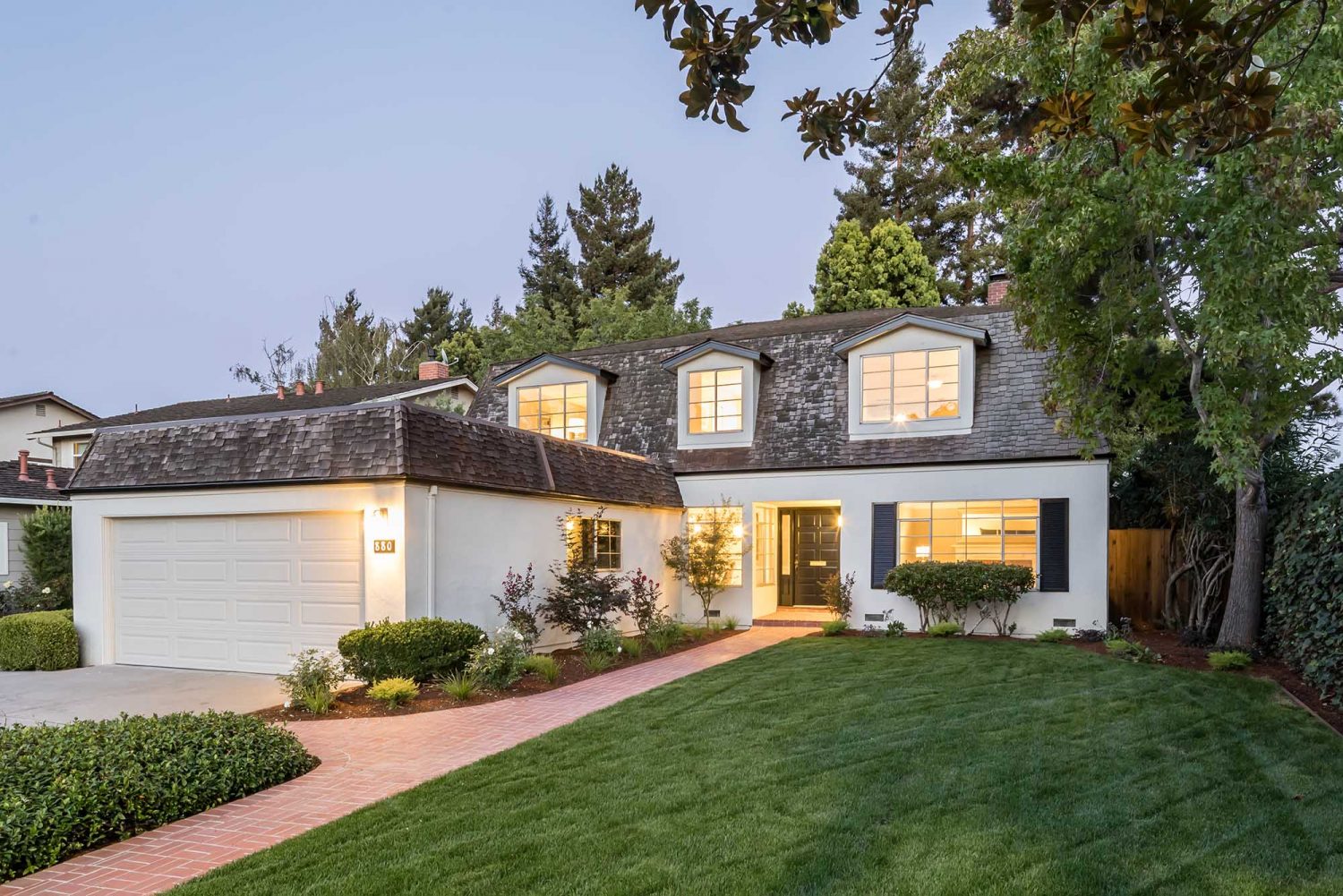Did you know that over 7.5 million Americans own a second home? If you’re among this group or considering purchasing a second property, understanding the insurance requirements for secondary home policies, vacation home policies, and vacation home protection is crucial. From liability coverage to protecting your assets, ensuring your second home is adequately insured is paramount.
Key Takeaways
- Evaluate Your Coverage Needs: Assess the specific insurance requirements for your second home based on factors like location, usage, and property value.
- Consider Additional Coverages: Explore options beyond standard policies such as flood insurance or vacant home insurance to ensure comprehensive protection for your second property.
- Review and Compare Policies: Regularly review and compare insurance policies for your primary and second homes to ensure you have the right coverage at the best price.
- Optimize for Savings: Implement strategies like bundling policies, raising deductibles, or installing security systems to potentially lower insurance costs for your second home.
- Stay Informed on Regulations: Stay up-to-date on local regulations and insurance requirements for vacation homes to avoid gaps in coverage or unexpected liabilities.
- Consult with Insurance Professionals: Seek guidance from insurance agents or brokers specializing in second home coverage to navigate complex policies and secure adequate protection.
Understanding Second Home Insurance
Basics of Second Home Insurance
Second home insurance is essential for protecting properties that are not the primary residence. It provides homeowners insurance coverage for risks specific to secondary properties, such as vacation homes or rental properties. The policy typically includes protection against damages, liability claims, and potential loss of rental income.
Key differences between primary and secondary home insurance lie in the usage and occupancy of the property. Primary home insurance covers full-time occupancy, while second home insurance caters to occasional or seasonal use. Understanding these distinctions helps homeowners select the appropriate coverage for each property.
Various types of second homes, including vacation homes, investment properties, and rental homes, require specific insurance coverage tailored to their unique characteristics. Vacation homes may need additional coverage for short-term rentals, while rental properties necessitate landlord insurance to protect against tenant-related risks.
Why Insurance is Vital
Having insurance for second homes is crucial to safeguarding investments and assets. In the event of unforeseen circumstances like natural disasters or accidents, insurance provides financial protection by covering repair costs or property replacement. Without proper insurance, homeowners risk significant financial losses.
Not having adequate insurance coverage for a second home exposes owners to various financial risks. These risks include bearing the full cost of repairs or replacements out of pocket in case of damage. Liability claims from accidents on the property can result in expensive legal fees and settlements without insurance protection.
The consequences of not having insurance for a second home can be severe. Owners may face substantial financial burdens if the property sustains damage or if legal action is taken against them due to accidents on the premises. Lack of insurance can lead to financial strain and even potential loss of the property.
Insurance Needs for Second Homes
Policy Workings
Second home insurance policies operate similarly to primary home insurance but with specific considerations for secondary residences. Understanding how these policies function is crucial for protecting your investment. When obtaining a policy for a second home, homeowners have the opportunity to customize it based on their unique needs. This customization process ensures that the policy adequately covers the property and its contents.
Key components and clauses in second home insurance policies include coverage for the physical structure, personal belongings, liability protection, and additional living expenses. By familiarizing yourself with these components, you can make informed decisions when selecting a policy. Licensed home insurance experts can provide guidance on tailoring your policy to suit your second home’s requirements.
Coverage Differences
Differentiating between primary and secondary home insurance coverage is essential to safeguarding your properties effectively. Secondary homes often face distinct risks compared to primary residences due to factors like infrequent occupancy or location in high-risk areas. Understanding these unique risks is crucial for ensuring comprehensive coverage.
Secondary home insurance may require additional coverages such as vacant home insurance, vandalism protection, or coverage for short-term rentals. These specialized coverages address the specific vulnerabilities of second homes and provide financial protection against unforeseen events. Homeowners should carefully review their policies to guarantee they have adequate coverage for all potential scenarios.
Types of Coverages
Standard Coverages
Standard coverages in second home insurance policies typically include property coverage for the physical structure of the home. This protection extends to damages caused by fire, theft, vandalism, or other covered perils. Liability coverage is also common, safeguarding homeowners in case someone gets injured on their property. The personal property coverage aspect insures belongings inside the second home.
Moreover, standard coverages often encompass loss of use coverage, which helps cover living expenses if the second home becomes uninhabitable due to a covered event. These basic protections form the foundation of second home insurance policies. Keep in mind that the specifics of standard coverages can differ depending on where your second home is located and its characteristics.
Additional Options
In addition to standard coverages, there are various extra coverage options available for second homes. For instance, specialized policies such as flood insurance can be crucial if your second home is situated in a flood-prone area. Similarly, earthquake insurance might be necessary for properties located in seismic zones.
Opting for these additional options can ensure more comprehensive protection for your second home. By investing in supplementary coverages tailored to specific risks, homeowners can mitigate potential financial losses significantly. It’s essential to assess the unique needs and vulnerabilities of your second home to determine which additional options would be most beneficial.
Comparing Primary and Second Home Insurance
Coverage Limits
Understanding the limitations of coverage in second home insurance is crucial. Policies for second homes may have different coverage limits compared to primary residences. These limits dictate the maximum amount an insurance company will pay out for covered losses. Adjusting these limits can impact the level of protection for your second home. For example, increasing coverage limits can provide more financial security in case of a major incident.
In second home insurance, coverage limits vary based on factors like the property’s value and location. It’s essential to assess your specific needs to determine the appropriate coverage limits. For instance, if your second home is in a high-risk area prone to natural disasters, you might consider higher coverage limits for added protection. By tailoring coverage limits to your individual circumstances, you ensure adequate protection for your second home.
Policy Costs
The cost of second home insurance is influenced by several factors. These include the location of the property, its size, and the type of coverage selected. Insurance companies consider the risk associated with insuring a second home when determining policy costs. Managing these expenses effectively is key to maintaining affordable insurance coverage for your second home.
Insuring a second home can come with significant expenses. Apart from the standard premiums, additional costs such as deductibles and optional coverages may apply. To reduce overall costs, homeowners can explore various strategies. For example, bundling their second home insurance with their primary residence policy can lead to potential discounts. Implementing security measures like alarm systems or smoke detectors can lower insurance premiums.
Cost Factors and Savings
Determining Factors
Insurers factor in location, replacement cost, and property use when setting insurance rates for second homes. The location’s risk level greatly influences premiums. Replacement cost, the amount needed to rebuild the home entirely, also impacts rates. Moreover, how the property is used, whether it’s rented out or solely for personal use, affects insurance costs.
Various elements can influence the overall cost of insuring a second home. These include the home’s age, construction materials, and security features. Older homes might have higher premiums due to wear and tear risks. Homes with high-end finishes or located in disaster-prone areas often incur higher insurance costs.
Saving Tips
To save on second home insurance, look for potential discounts offered by insurers. These may include multi-policy discounts for bundling home and auto insurance, security system discounts for installing alarms or cameras, or claims-free discounts for a history of no claims. Taking advantage of these discounts can significantly reduce insurance expenses.
Consider cost-saving strategies such as increasing deductibles to lower premiums. By opting for a higher deductible, you can enjoy lower monthly payments. It’s essential to strike a balance between optimizing coverage and minimizing costs. Review your policy regularly to ensure you’re not overpaying for coverage you don’t need.
Special Considerations for Vacation Homes
Rental Use Insurance
Rental use insurance is crucial for protecting rental income and property in second homes used as rental properties. It covers liability, damages, and loss of income. Specific coverage requirements vary but typically include property damage, liability protection, and loss of rental income coverage. Additional considerations may involve short-term rental policies to cater to different rental durations.
- Pros: Provides financial protection for property owners, covers liability risks, ensures income security.
- Cons: Can be costly, coverage limitations may apply based on rental frequency and duration.
Exploring the options available for insuring rental second homes is essential. This includes assessing the need for additional coverage such as landlord insurance or umbrella policies to fill potential gaps in standard rental use insurance.
Seasonal Risks
Second homes face various seasonal risks throughout the year, influenced by weather conditions and seasonal changes. These risks can range from weather-related damages like floods or storms to seasonal issues like increased burglary rates during holidays. Understanding these risks is key to ensuring adequate insurance coverage.
Identifying the specific precautions needed to address seasonal risks involves considering factors such as the home’s location, local weather patterns, and historical seasonal incidents. For example, coastal vacation homes may require additional coverage for hurricane or flood damage during hurricane season.
- Key Information: Seasonal risks can impact insurance premiums, requiring adjustments based on changing risk levels.
- Examples: Winterizing a vacation home before leaving it unoccupied during the cold season can help prevent frozen pipe damage.
Adapting insurance coverage based on seasonal changes is essential to mitigate risks effectively. Insurance providers may offer seasonal adjustments or endorsements to existing policies to address specific seasonal threats faced by vacation homes.
Navigating Insurance Policies
Choosing the Right Policy
When selecting an insurance policy for a second home, consider individual needs, property features, and budget constraints. Tailoring the policy ensures adequate protection.
Factors like location, property size, and usage patterns influence the choice of insurance policy. Customizing the policy to meet specific requirements is crucial.
To safeguard your second home adequately, customize the insurance policy by adding features like liability coverage or umbrella insurance.
Policy Updates and Reviews
Regularly reviewing and updating your second home insurance policy is crucial. It ensures continuous coverage and protection.
Policy reviews are essential to adapt to changes in property value, personal belongings, or liability risks.
Making necessary updates involves contacting your insurance provider to adjust coverage limits, add endorsements, or modify deductibles.
Closing Thoughts
In wrapping up, you’ve delved into the intricacies of insurance requirements for second homes. Understanding the nuances of coverage, cost factors, and special considerations equips you to make informed decisions. By comparing primary and second home insurance, you’re better prepared to safeguard your investment and enjoy peace of mind.
As you navigate insurance policies for your second home, remember that tailored coverage is key. Stay proactive in reviewing and adjusting your policy to meet your evolving needs. By prioritizing comprehensive protection and staying informed about the specifics of second home insurance, you ensure a secure future for your cherished property. Take charge of your insurance decisions to secure a worry-free haven for all your getaways.
Frequently Asked Questions
What is Second Home Insurance?
Second home insurance provides coverage for properties that are not the primary residence. It protects against risks like natural disasters, theft, and liability issues specific to second homes.
How does Second Home Insurance differ from Primary Home Insurance?
Second home insurance typically has higher premiums due to increased risks like vacancy and rental. It may offer less coverage for personal property but includes options for short-term rentals.
What are the Cost Factors for Second Home Insurance?
Factors affecting the cost include location, property type, coverage limits, deductible amount, security features, and usage of the second home (rental or personal use).
Do I need Special Considerations for insuring a Vacation Home?
Yes, insuring a vacation home may require additional coverage for short-term rentals, unoccupied periods, and specific risks associated with seasonal properties like flooding or storm damage.
How can I save on Second Home Insurance?
You can save on premiums by bundling policies, increasing security measures, maintaining the property well, choosing a higher deductible, and reviewing your coverage periodically to ensure it meets your needs.






